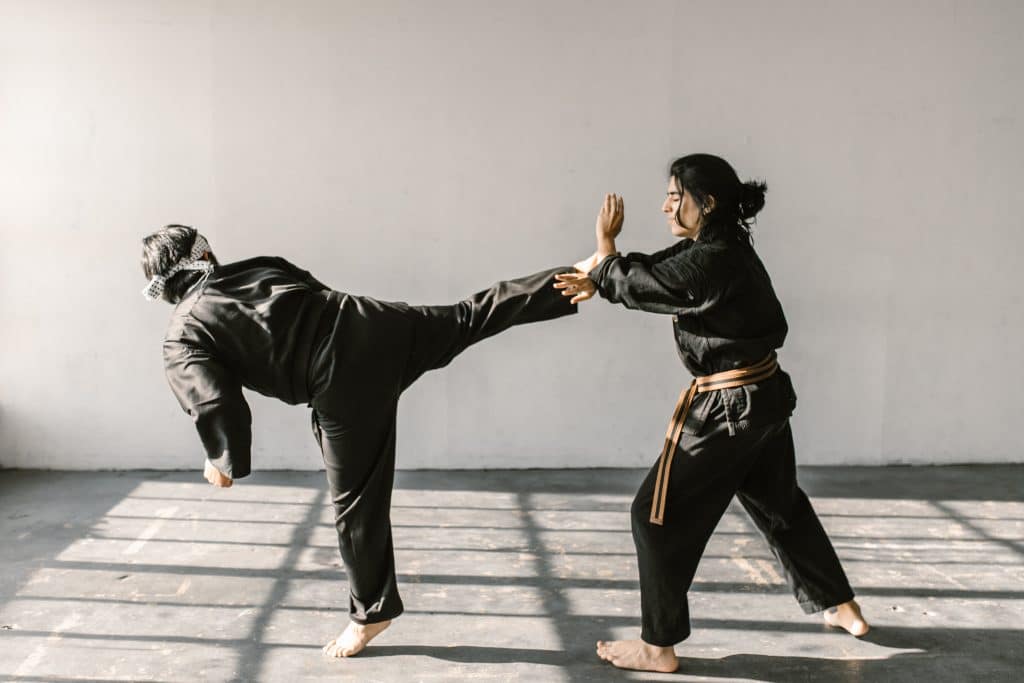Google for leadership lessons from the martial arts and you’ll get a jillion posts. Most of them focus on skills you’ll develop from practicing the martial arts. Skills like focus, discipline, respect, confidence, flexibility, etc.
I recently did a webinar for UST Education on just this topic BUT my leadership lessons are ones I learned from my master, Master Seung Hum Yun at Be Ryong Martial Arts in Alexandria, VA. These leadership lessons are gleaned more from HOW Master Yun runs his studio, than from the practice of taekwondo and hapkido (both martials arts I practice). Here are highlights from my webinar.
Sometimes, you need to trade your black belt for a white belt.
A black belt is someone who has achieved a certain level of mastery of a specific subject, process or technology. We may have black belts in old technology that we no longer need or should upgrade. These black belts need to be coached to become white belts again.
Learn how to take a punch.
When you’re fighting, a punch could be seen as a failure because you didn’t get out of the way or you didn’t block the punch. But perhaps taking the punch means you learn something new or it positions you for the next move.
Create a professional development ladder.
Every martial arts studio has a prescribed journey of belts. Each belt is associated with specific forms, kicks and techniques. Without worrying about titles, how are you creating professional development ladders in your organization so that your staff have targets for the skills, experiences and relationships they will develop this quarter or this year.
Sometimes, you just have to “do something.”
When I’m sparring tired, it’s easy to just stand there or circle my opponent without really doing anything. That’s when my master will yell at me to “do something!” Do you have projects or initiatives that are stalled? What can you do to get them moving again?
What happens in your organization is what you allow to happen.
My master is very clear about the behavior that he expects from every student, no exceptions allowed. He expects all of us to be respectful and encouraging, especially when someone is trying to learn something new. He calls out bad behavior and does not tolerate it. What bad behaviors are YOU allowing in your organization?
Black belts define their own journey.
My master tells lower belts that he will define their journey, but once a student makes black belt (remember, there are 10 degrees in most martial arts!), he expects the black belts to define their own journeys. He expects us to advocate for more training, and decide the cadence of our journeys. Do we want to get that next black belt quickly, or perhaps go at a slower pace? We decide BUT he’s always there for guidance.
I’ve been a student of taekwondo and hapkido for over 11 years. It’s not an exaggeration to say that my time at Be Ryong has been meaningful and fulfilling.
How about you? What’s been your martial arts journey and how have you applied lessons learned to your personal and professional lives?


